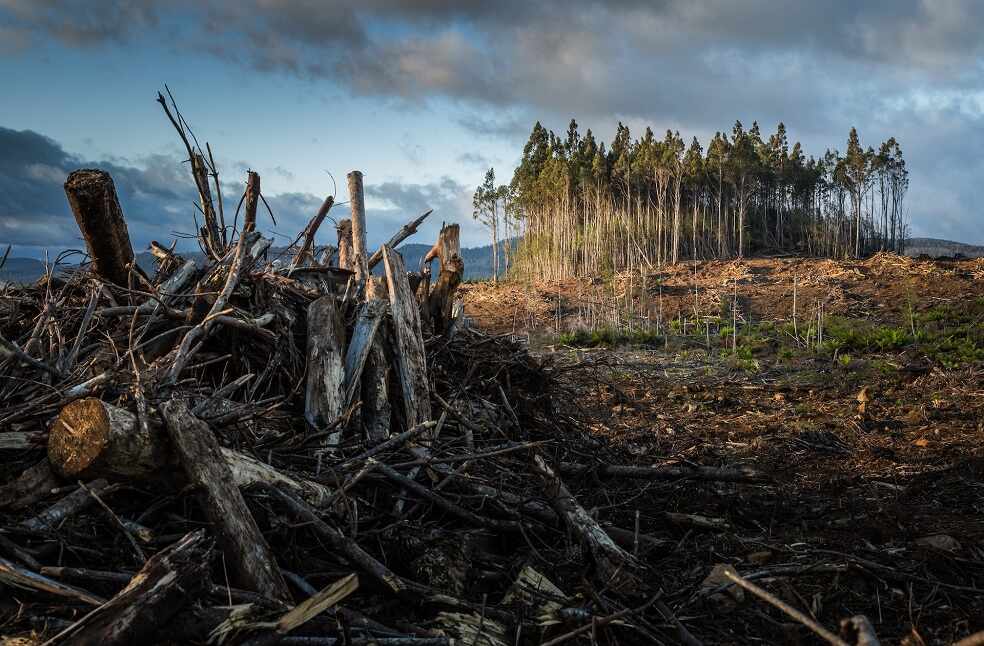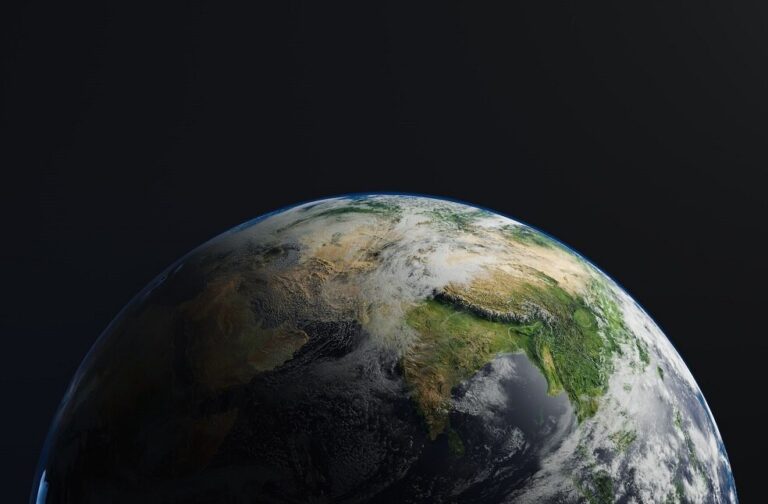A study has revealed that the primary environmental factor increasing the risk and spread of infectious disease epidemics is biodiversity loss.
There are more infectious diseases emerging, and they frequently start in wildlife. According to a meta-analysis that was published in the journal Nature, the loss of species has the biggest impact on the likelihood of epidemics among all the “global change drivers” that are degrading ecosystems. The introduction of non-native species and climatic change came after the loss of biodiversity.
“The take-home messages are that biodiversity loss, climate change and introduced species increase disease, whereas urbanisation decreases it,” said lead researcher Prof Jason Rohr from the University of Notre Dame in the US. Experts analysed nearly 1,000 studies of global environmental drivers of infectious disease, covering all continents except for Antarctica. They looked at both the severity and prevalence of disease in plant, animal and human hosts.

The group concentrated on five factors that contribute to world change: habitat loss, chemical pollution, non-native species, biodiversity loss, and climate change. They discovered that four of the five factors, all but habitat loss, increased the transmission of illness. Their findings held true for both human and non-human illnesses.
Since the COVID pandemic, which some academics believe was caused by a bat, there has been a greater interest in zoonotic illness. Wildlife is also the source of several other diseases that are currently concerning international health authorities, such as avian flu and swine flu. Zoonoses, or diseases that affect both domestic and wild animals, account for seventy-five percent of newly discovered illnesses in humans.

Prior research has indicated connections between certain illnesses and environmental change (for instance, rising temperatures may be contributing to an increase in malaria cases), but it was not evident which environmental factors had the most influence at the time. Numerous of the causes are interrelated, according to the researchers: “For instance, habitat loss and change can be caused by climate change and chemical pollution, which can then lead to biodiversity loss.”



